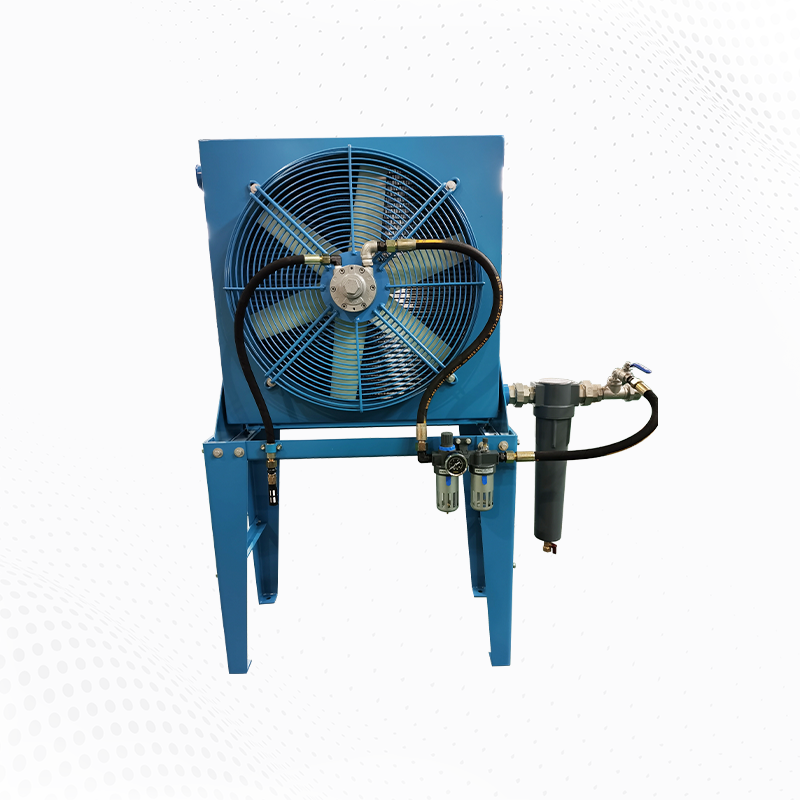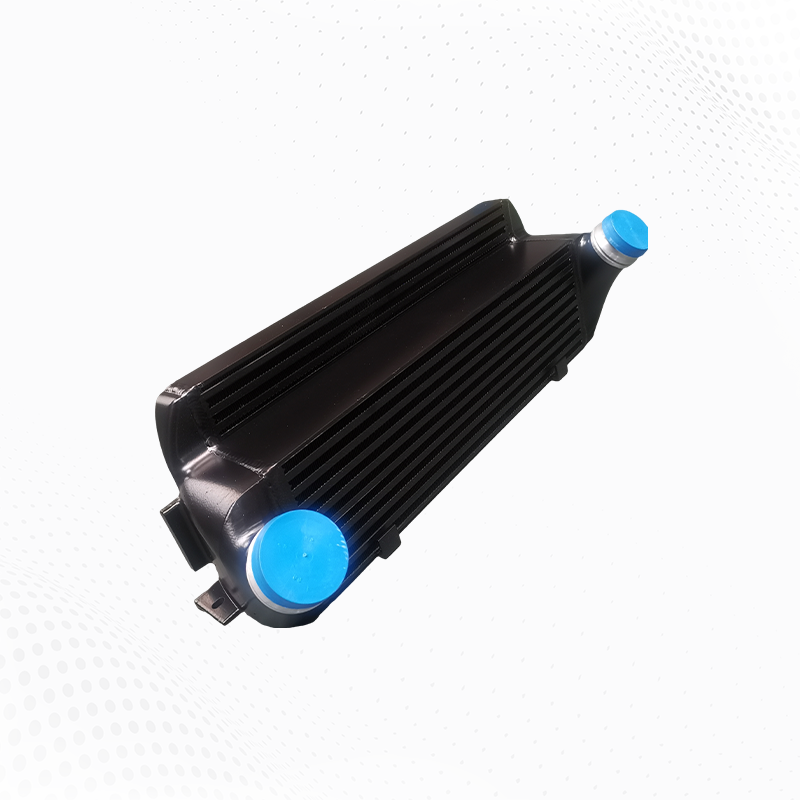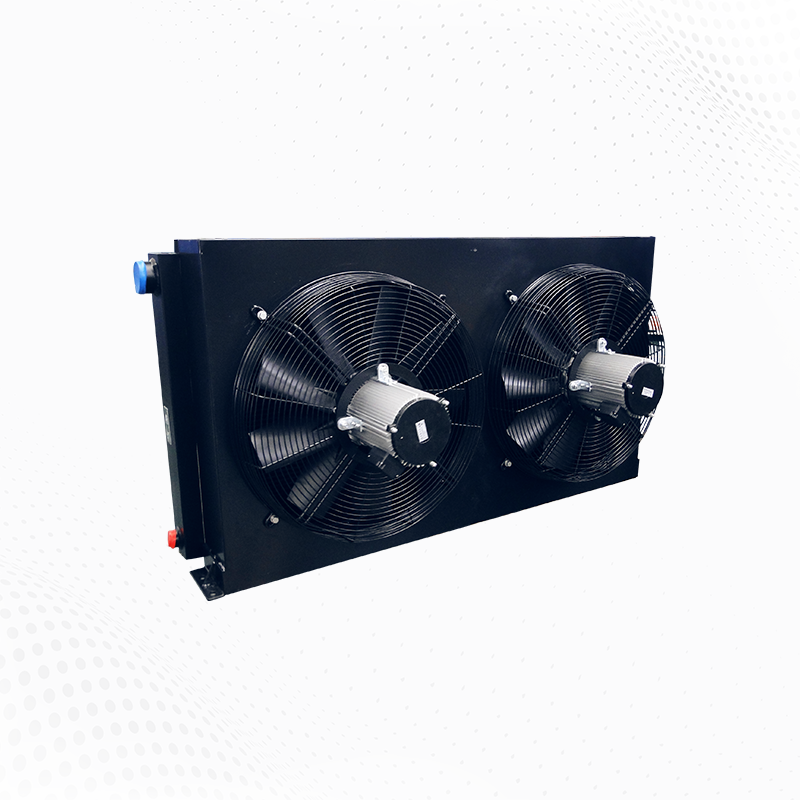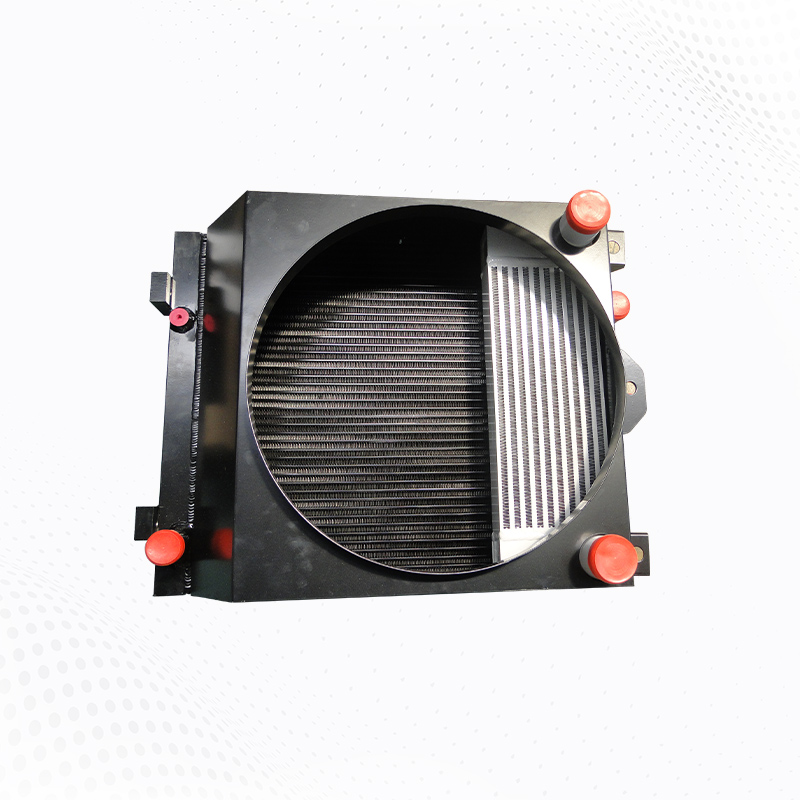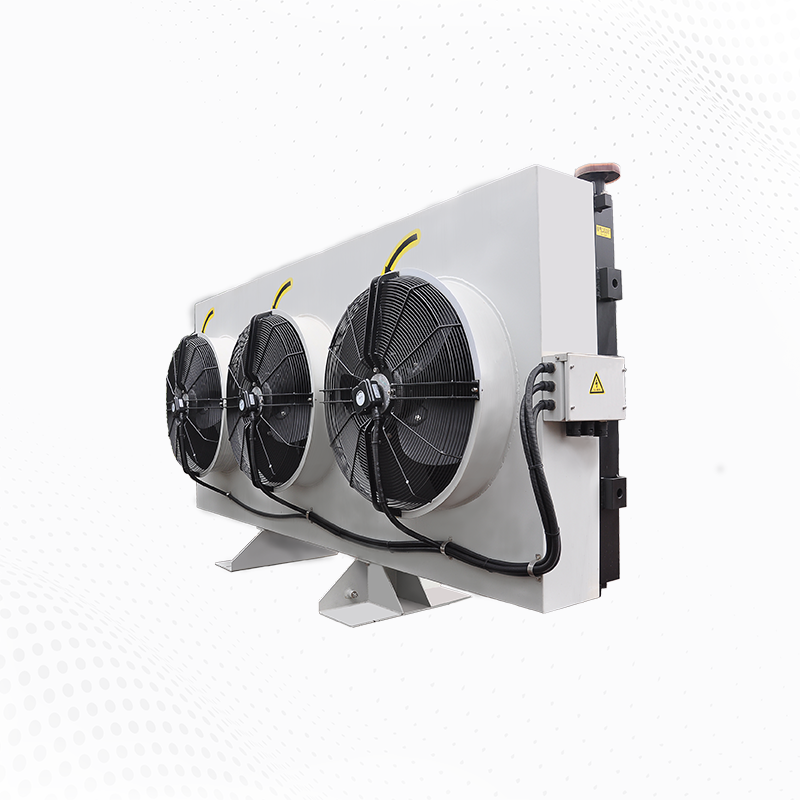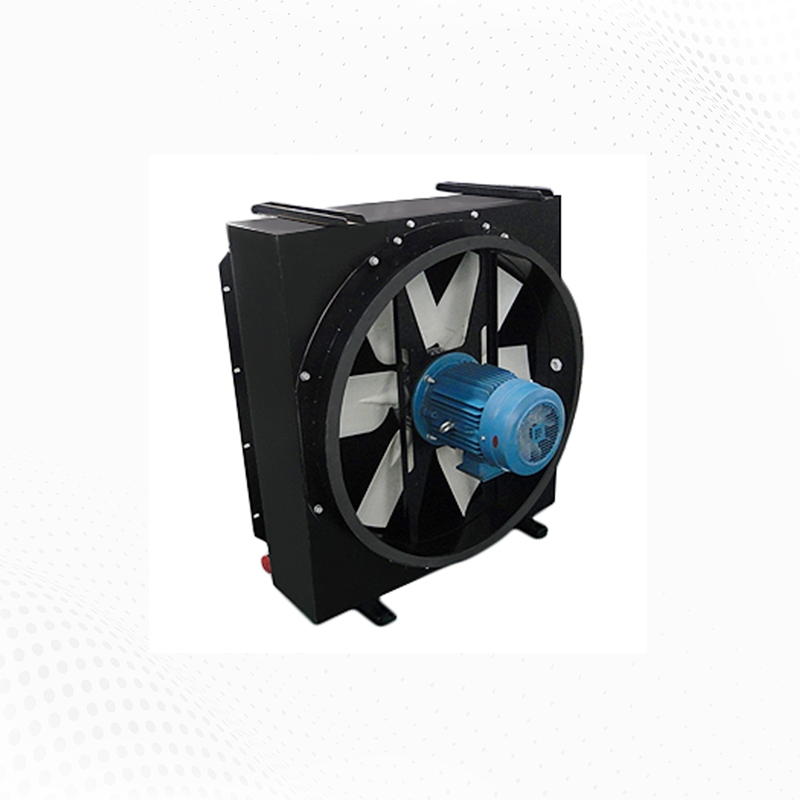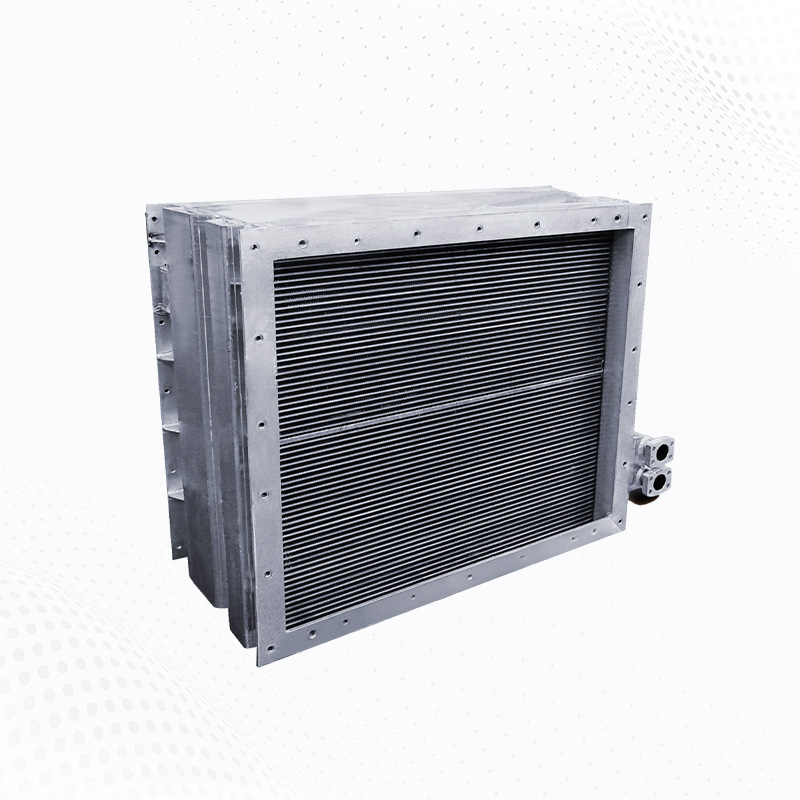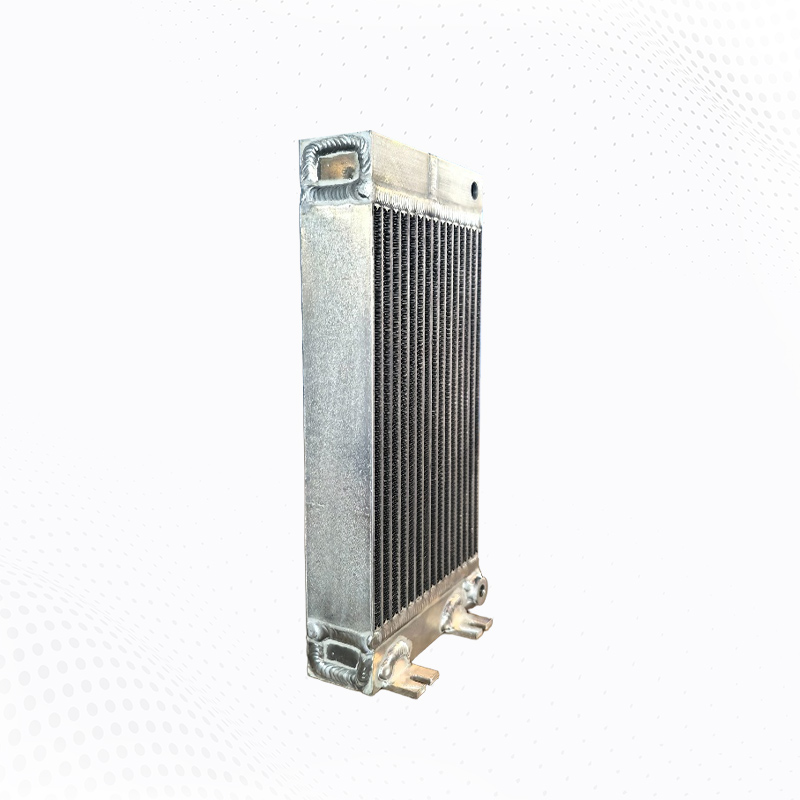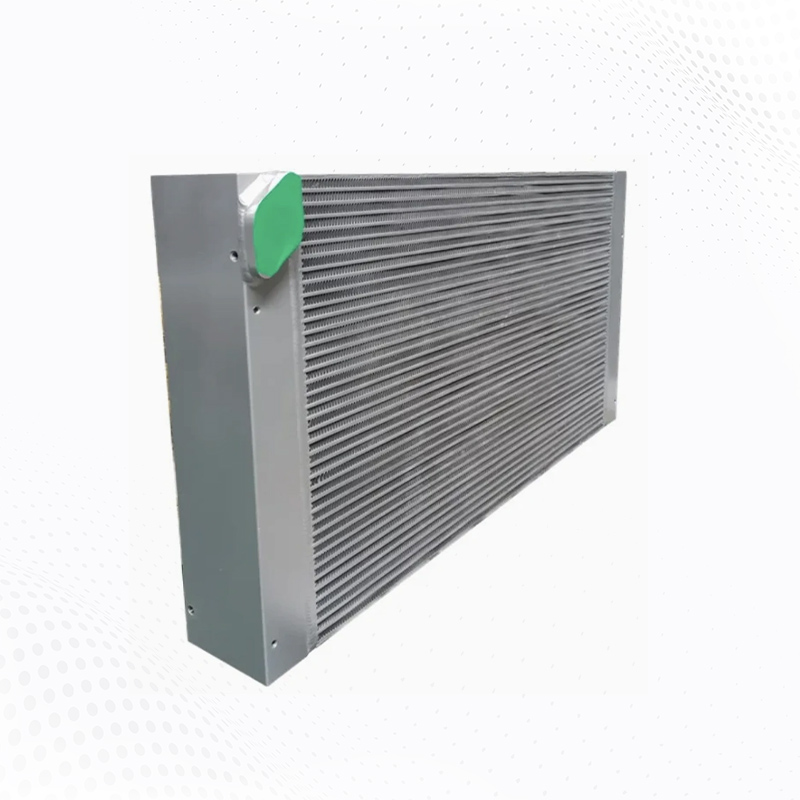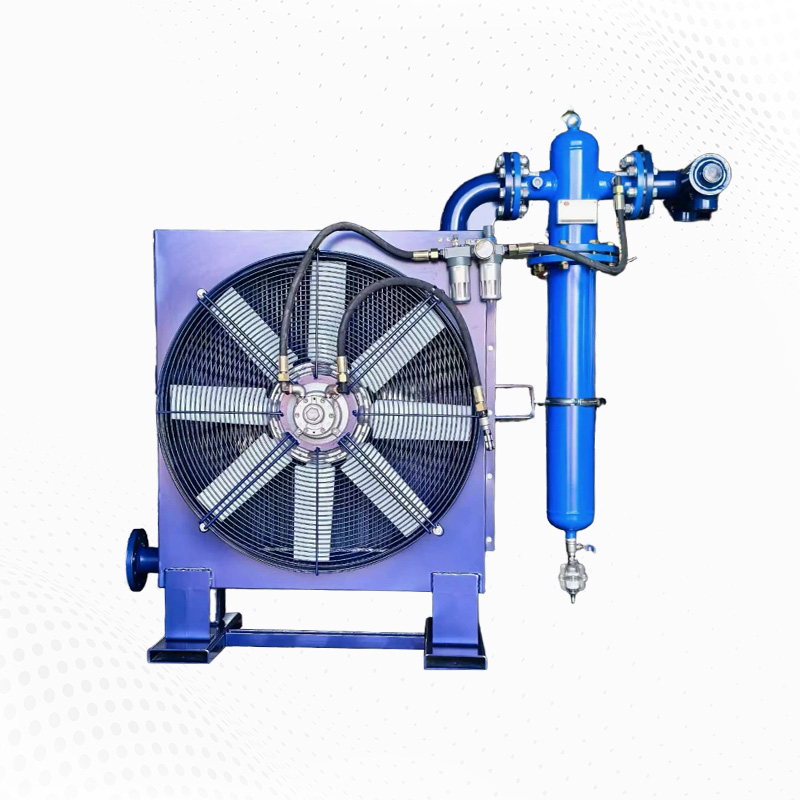Aluminum plate fin cooler test results for tough conditions — Engineer report from Wuxi Yuda
As an engineer at Wuxi Yuda, I present summarized aluminum plate fin cooler test results gathered from lab protocols and long-term field trials. Our goal was to validate real-world durability and performance of the aluminum plate fin cooler under high ambient temperatures, abrasive dust, coastal salt, mechanical vibration, and prolonged operational duty cycles.
Why test the aluminum plate fin cooler in extreme conditions?
Truck fleets demand reliable cooling. The aluminum plate fin cooler is widely adopted for its high thermal efficiency and low weight, but harsh routes expose it to unique stresses. Testing the aluminum plate fin cooler in controlled and field conditions helps us understand longevity, failure points, and best practices to maximize service life.
Test design and instrumentation
We designed tests to measure heat rejection, pressure drop, corrosion resistance, vibration fatigue, and cleaning response. Each aluminum plate fin cooler sample was instrumented with thermistors, flow meters, and strain gauges. Test stages included salt spray exposure, thermal cycling, vibration rigs, debris ingestion benches, and in-service telemetry for the aluminum plate fin cooler.
Thermal performance: laboratory results
In wind-tunnel thermal runs the aluminum plate fin cooler consistently met rated capacity at specified airflow and coolant flow rates. We measured inlet/outlet delta-T and calculated heat transfer coefficients. Under elevated ambient temperatures the aluminum plate fin cooler held expected delta-T when airflow matched design — highlighting the importance of adequate airflow management for the aluminum plate fin cooler.
Pressure drop and hydraulic behavior
Pressure-drop tests show how the aluminum plate fin cooler impacts pump load. Across multiple flow regimes the aluminum plate fin cooler produced predictable pressure curves without structural deformation. These results confirm a balanced core design that minimizes pressure penalties while maximizing heat transfer for the aluminum plate fin cooler.
Corrosion testing and coastal durability
Salt spray exposure accelerated aging of metal components. The anodized and brazed cores of our tested aluminum plate fin cooler samples showed minimal pitting when proper surface treatment and coolant practices were used. The testing demonstrates that the aluminum plate fin cooler can endure coastal environments if dielectric fittings and correct chemistry are applied.
Vibration endurance and fatigue
Truck vibration profiles stress mounts and core joints. Vibration rig cycles simulated long-haul service; the aluminum plate fin cooler passed fatigue thresholds when isolation mounts and reinforced bosses were used. The results emphasize that mounting strategy directly affects the service life of the aluminum plate fin cooler.
Debris ingestion and maintenance response
Dust and particulates reduce effective fin area. Debris ingestion tests showed a measurable drop in cooling capacity for a fouled aluminum plate fin cooler, but capacity recovered significantly after recommended cleaning procedures. Protective screens and scheduled cleaning minimize the downtime impact on the aluminum plate fin cooler.
Thermal cycling and seal integrity
Repeated hot-cold cycles test joint resilience. The aluminum plate fin cooler samples retained sealing integrity when installed with flexible hoses and pressure safeguards. Thermal cycling validated our sealing approach for the aluminum plate fin cooler even in regions with wide seasonal swings.
Field trials: real-world verification
We installed the aluminum plate fin cooler on mixed fleets across varied climates. Telemetry showed consistent temperature control and stable pressure-drop trends. Fleets following Wuxi Yuda installation guidelines reported lower emergency cooler replacements and fewer unexpected failures of the aluminum plate fin cooler.
Common failure modes discovered
Testing identified recurring issues: galvanic corrosion from dissimilar metals, fin impact damage from stones, and fatigue from rigid mounting. Each mode was reproducible in the aluminum plate fin cooler test matrix and led to corrective design and installation guidance to mitigate risks.
Design changes prompted by testing
Based on results, we updated fin geometry, optimized brazing parameters, and specified anodized treatments for the production aluminum plate fin cooler. We added reinforced attachment bosses and recommended vibration isolation hardware to improve the aluminum plate fin cooler durability in service.
Practical maintenance and inspection schedule
From test insights we recommend: quick visual checks weekly in dusty environments, pressure tests every six months, and annual core flushing where contamination is heavy. These steps preserve the thermal efficiency and service life of the aluminum plate fin cooler.
Installation checklist validated by tests
Use isolation mounts to prevent fatigue on the aluminum plate fin cooler.
Allow clearance for airflow and cleaning around the aluminum plate fin cooler.
Install dielectric fittings where mixed metals exist to protect the aluminum plate fin cooler.
Key metrics to log
Record inlet/outlet temperatures, pressure drop across the aluminum plate fin cooler, coolant flow rate, and coolant chemistry. Trend analysis of these metrics allows early detection of degraded performance for the aluminum plate fin cooler.
Engineer’s conclusion
Wuxi Yuda’s comprehensive testing demonstrates that the aluminum plate fin cooler withstands tough conditions when engineered, installed, and maintained correctly. Following the test-driven recommendations reduces downtime, lowers lifecycle costs, and keeps cooling performance within specification for extended service life of the aluminum plate fin cooler.
If you require detailed test datasets, thermal curves, or corrosion images from our aluminum plate fin cooler evaluation, contact Wuxi Yuda engineering for supporting documentation and certified test reports.


